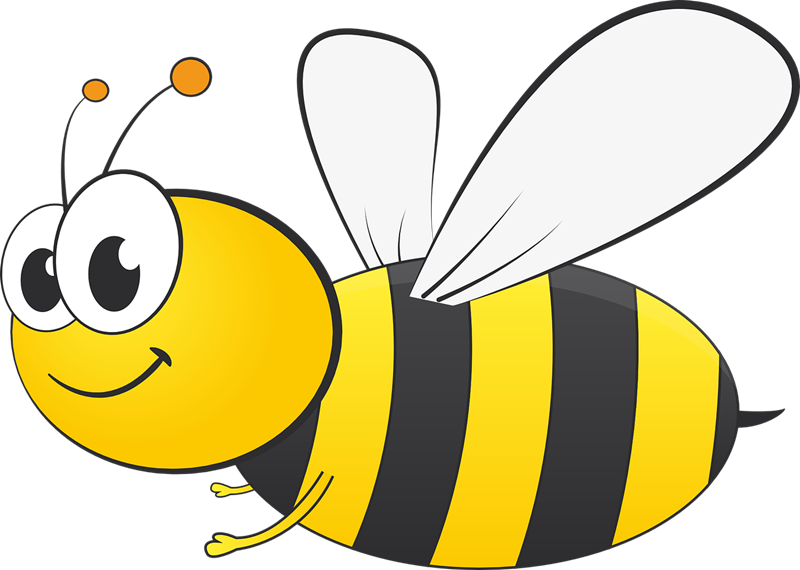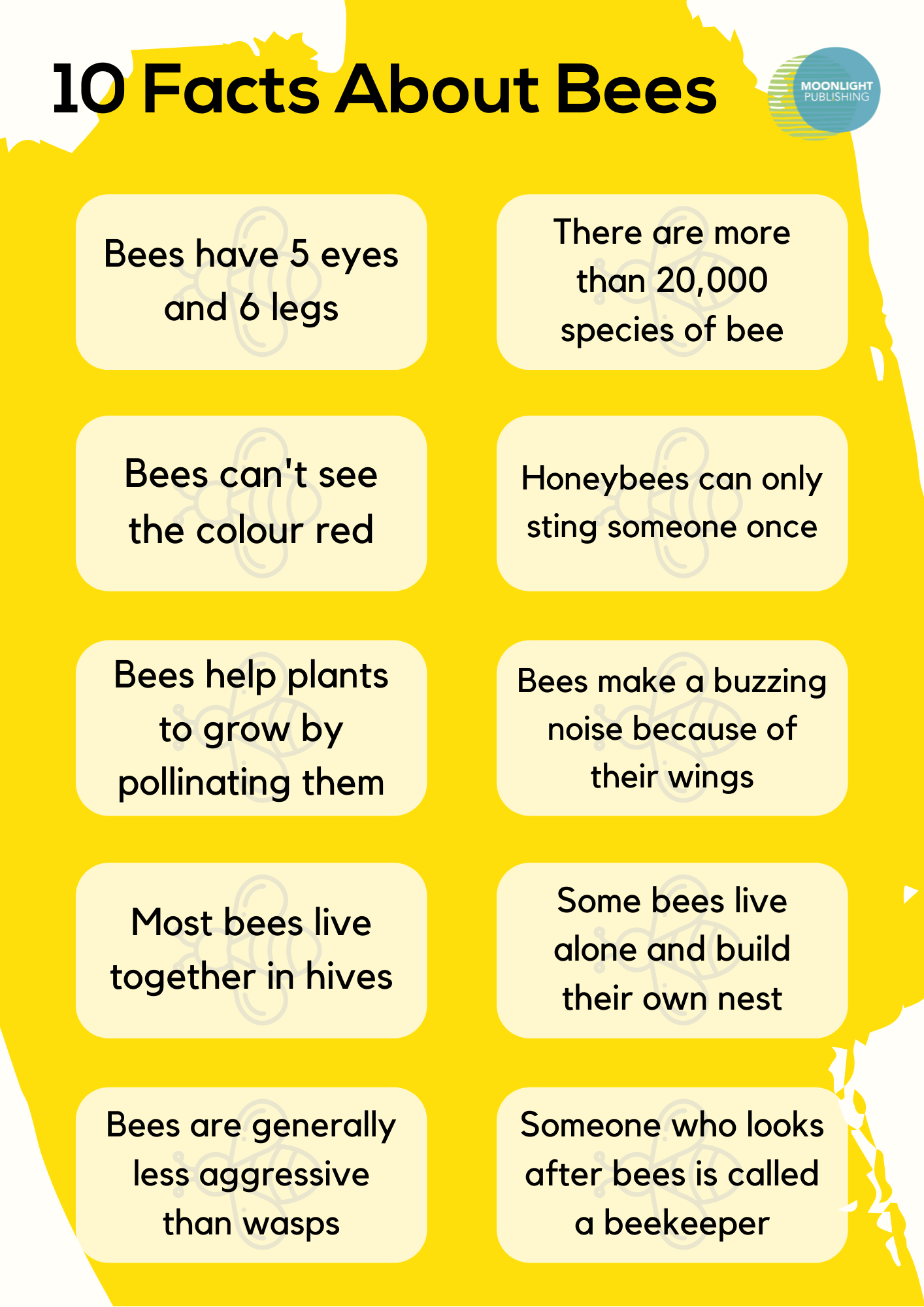Buzz…buzz….. See that small insect flying past your ear?
That’s a bee.
It’s very busy as it is looking for nectar. Do you like honey on your toast?
Honey is made by bees.
Let’s learn more about bees today and how they help us. Bees are amazing insects they work so much and are super organized. All bees during their life have different roles, depending on how old they are. And we have so much to study from Honeybees life such as:

• Teamwork
• Efficiency
• Live within your means
• Evolve
• Live your work ethic
• Leadership
• Communication
• Hardworking
The ability of bees to produce this long lasting food source is key to their survival. Honey is the main source of energy for these hard working insects. So, how do bees make honey? The story of how they accomplished this feat is a good one.
The bee society is composed of the queen, the drones, and the workers. Although the worker bees can also be called “Cooker Bees” because they are in charge of making the honey. They make the honey with the nectar or pollen which they gather from flowers.
To make honey, worker honey bees fly up to 5km searching for flowers and their sweet nectar. Usually, they’ll visit between 50 and 100 flowers per trip. Honey bees work together as a team to make decisions about where the best flowers are. They communicate with each other using bumps, noises, and even dance moves known as the “Waggle Dance”.

Nectar is the main ingredient for honey and also the main source of energy for bees. Using a long straw-like tongue called a proboscis, honeybees suck up nectar droplets from the flower’s special nectar-making organ, called the nectary.
Once a worker honeybee returns to the colony, it passes the nectar onto another younger bee called a house bee (between 12-17 days old). When the nectar reaches the bee’s honey stomach, the stomach begins to break down the complex sugars of the nectar into more simple sugars that are less prone to crystallization or becoming solid. This process is called “inversion”.
They put a lid over the honey cell using fresh beeswax – kind of like a little hexagon shape honey jar.
They turn the nectar into honey by drying it out using a warm breeze made with their wings. With a special liquid, they produce themselves
In the winter, when the flowers have finished blooming and there’s not as much nectar available, the bees can open this lid and share the honey they saved. They also use this honey to feed lava from which newbies will be born.